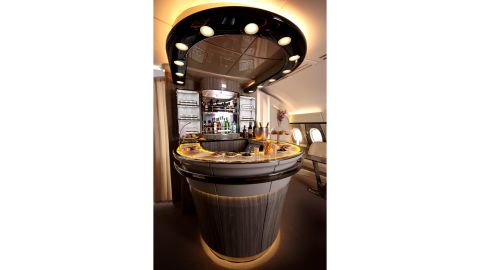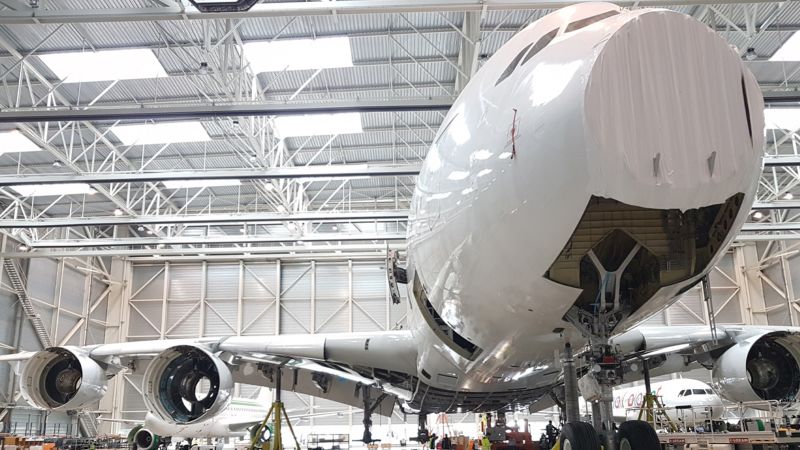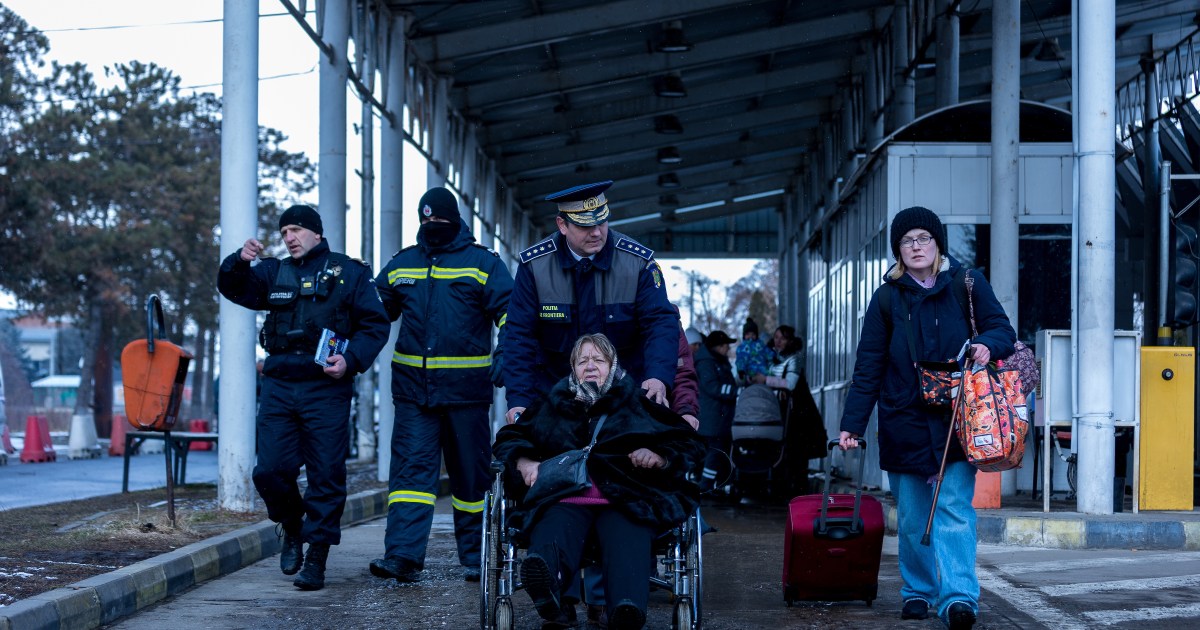How to recycle the world’s largest passenger plane | CNN
Editor’s Note: Sign up for Unlocking the World, CNN Travel’s weekly newsletter. Get news about destinations opening, inspiration for future adventures, plus the latest in aviation, food and drink, where to stay and other travel developments.
CNN
—
The Airbus A380 entered service nearly two decades ago, but although passengers loved it, it was doomed from the start. Too big and too expensive for airlines to run due to its four engines, it quickly fell out of favor, surpassed by more fuel-efficient twin-engine jets.
After its debut in 2005, Airbus ended up building only 251 A380s – far fewer than it originally intended – and production ended in late 2021. Although most of them are still flying, amid a post-Covid resurgence of the aircraft, several have already been scrapped or recycled – way ahead of the usual schedule for a passenger aircraft.
“The A380 is certainly one of the youngest aircraft getting recycled,” says Geoff Van Klaveren, an aviation analyst at advisory firm IBA. “Normally a commercial aircraft can be expected to be in operation for 25 years before being scrapped.”
Only a handful of companies are capable of recycling the world’s biggest passenger plane, and the most experienced is Tarmac Aerosave, which has recycled over 300 aircraft since it was founded in 2007, across three sites in France and Spain. The company, which is partly owned by Airbus itself, has already recycled six A380s. It is currently working on a seventh, which will be completed in March.
Tarmac won’t say exactly which airlines these A380 used to fly with, but Van Klaveren reckons they likely came from Air France, Singapore Airlines and Emirates. It’s not an easy job. “It’s harder to scrap an A380 in the sense that there is a limited market for the parts,” he says.
“That said, being an aluminum frame, it’s easier than a composite aircraft such as the A350 or the Boeing 787, where currently there is no way to recycle the airframe and it is simply cut into pieces and either buried or stored.”

How do you recycle such a huge airplane, and what happens to the resulting parts and materials? “Recycling starts by reusing and extending the life of the different components of the aircraft, as you do at your home,” says Lionel Roques, sales director at Tarmac Aerosave. “So the first step is to take out some pieces that will continue flying on another aircraft.”
These include the engines, the landing gear and some of the avionics – the electronic components of the aircraft that handle tasks like communications or navigation. These parts are checked and resold with complete traceability, guaranteeing their airworthiness. In the case of A380 parts, they become spare components for the existing fleet of A380s. They can also be used for training purposes. “Sometimes we can give them to schools or training facilities so that new mechanics or students coming into the industry can train on real parts,” says Roques.
This part of the process generally lasts a few weeks. Once it’s completed, they move on to the next stage: waste management. “This is where we separate all the different materials, whether it’s aluminum, titanium or copper, and make sure that we give them to the proper recovery channels that will reuse them in something new tomorrow,” says Roques.
Due to the massive size of the A380, which has 120 tons of aluminum alone, this phase lasts months, and is particularly challenging. Roques explains: “Because it’s such a large aircraft, you need a large facility, and you need to adapt your tooling and your methods to something that’s very big. You also have to be careful in terms of safety and work environment, because when you’ve got a mechanic working on the second deck of the aircraft, that’s really high.”
Tarmac says that it commits to recycling “up to the last screw,” and although no specific regulations exist in the field, it aims to recover over 90% of the aircraft by weight. “The remaining waste is as minimal as possible. Of course, some composite material or some dangerous goods that cannot be recycled will remain, but we’re talking about a small percentage, like 1% to 3%, that will be residual waste or go to landfill,” adds Roques.
The cost of the operation is in the “six figure” region, he says. It’s heavily dependent on the number of parts that need to be removed from the aircraft – and that can vary based on the requirements of the client.

But there’s also a different way of doing things: upcycling. Or as Roques puts it: “Taking out parts that are iconic or interesting to use as decorative elements.” Late last year, Airbus did just that in a bid to raise money for charity, and auctioned off hundreds of parts from a former Emirates A380.
This gave aviation enthusiasts a chance to buy almost every piece of the plane, from smaller items like doorstops, seatbelts, handrails, exit signs, latches, lamps, curtains and kettles to bulky ones including entire seat rows, staircases, drinks carts and engine parts, some of which came in special editions painted by a range of artists.
The most desirable item, however, was a full business cabin bar, measuring over seven feet high, which has become one of the symbols of the airplane in its lavish Emirates configuration. It sold for about $50,000.

A380 parts derived from recycling will long be needed to support the existing fleet of the aircraft, especially as more and more airlines bring their superjumbos back into service. The latest to do so was Qantas, which revived one of its own after two years of storage. Meanwhile both Etihad and Lufthansa are expected to bring part of their dormant A380 fleets back into service in early 2023.
“The life of the A380 is not written yet, and to support the operation you need spare parts. The fact that we are now dismantling aircraft and putting spare parts into the market will support an extended operation of the plane,” says Roques.
He believes that in the future, A380 operators will consolidate, leaving just one for each major region: British Airways for transatlantic, Emirates in the Middle East, Qantas in Oceania and Singapore in Asia.
He also thinks that we’ll never see the aircraft’s like again. “It’s an unmatched and unique aircraft, and its life will be extended as much as possible – but I don’t see something ever replacing it.”




